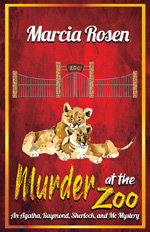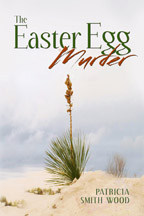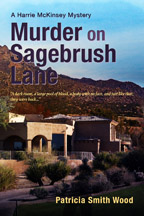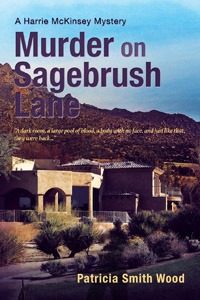Marcia Rosen is an award-winning author of eleven fiction and nonfiction books. Writing as M. Glenda Rosen she published several series including the Senior Sleuths and the Dying To Be Beautiful mysteries. Her newest novel, Murder at the Zoo (Artemesia Publishing, March 2023), is the first book in the Agatha, Raymond, Sherlock, & Me cozy mystery series. You’ll find Marcia on her website at MarciaRosen.com. Visit her Amazon author page for many of her books.
 Please tell us about Murder at the Zoo.
Please tell us about Murder at the Zoo.
A body is tossed into the lion’s habitat at the zoo where Miranda Scott is the senior vet. She and Detective Bryan Anderson join forces to unravel that mystery and several more murders. A fan since childhood of Agatha Christie, Raymond Chandler, and Sherlock Holmes, they seem to live in her head, frequently telling her what to do…and not do. Murders, family, deceit, revenge and a gangster father and godfather often get in the way of a fine romance between Miranda and the detective.
What is the driving force to write cozy mysteries over other types of writing?
In what I consider my BOLD THIRD ACT, I decided to experiment with writing a different type of mystery. It was very fun for me to create along with some new projects I’ll tell you about later in the interview.
What makes Murder at the Zoo different from the novels in your other mystery series?
They are not cozies. Zoo is also the only one that takes place in New Mexico, but my novels are more similar than not. They all offer a sense of seeking justice and have a gangster character who plays an important role in the story.
What was your favorite part of putting this project together?
Creating the puzzle to keep readers guessing who the murderers are and why.
You have based Murder at the Zoo in Albuquerque, New Mexico. What research did you do to provide background information for your novel?
I researched the Albuquerque Zoo layout, and I researched a lot about the different positions people hold at zoos including what is expected of them. How animals were cared for in the story was important to me.
Did your characters surprise you as you wrote their story?
A little. I write organically so I’m never quite sure where they will end up in the story. I do always know there will be several murders, and the murderers will come to justice!
Do you have plans to bring back Miranda Scott, along with her cohorts Detective Bryan Anderson, Agatha Christie, Raymond Chandler, and Sherlock Holmes?
Possibly. Also, possibly another book for one of my other series, and I’m completing a memoir about my father and me. I had a very unusual upbringing.
What first inspired you to become a writer?
I wanted to be a writer since I was 14 and sat down at the kitchen table and wrote a play. I wrote for many years for the marketing/pr business I founded. I’ve been writing books for the past 20 years. I love to play with words. What we say and how we say anything can have a big impact.
What writing projects are you working on now?
I’ve started a Memoir/LifeStory blog which includes inviting guests to share a part of their story. It also offers hints and tips on writing a memoir (from my book My Memoir Workbook), as well as excerpts from my own memoir. The blog will be posted on the 1st and 15th of each month and began May 1st of this year. Members of SWW are invited and welcome to participate. Here is the link to the first one: TheSeniorSleuths.com/blog.
Is there anything else you’d like readers to know?
Listen to your own voice, not others.
 Su Lierz writes dark fiction, short story fiction, and personal essays. Her short story “Twelve Days in April,” written under the pen name Laney Payne, appeared in the 2018 SouthWest Writers Sage Anthology. Su was a finalist in the 2017 and 2018 Albuquerque Museum Authors Festival Writing Contest. She lives in Corrales, New Mexico, with her husband Dennis.
Su Lierz writes dark fiction, short story fiction, and personal essays. Her short story “Twelve Days in April,” written under the pen name Laney Payne, appeared in the 2018 SouthWest Writers Sage Anthology. Su was a finalist in the 2017 and 2018 Albuquerque Museum Authors Festival Writing Contest. She lives in Corrales, New Mexico, with her husband Dennis.




 KL Wagoner (writing as Cate Macabe) is the author of This New Mountain: a memoir of AJ Jackson, private investigator, repossessor, and grandmother. Kathy posts to a speculative fiction blog at
KL Wagoner (writing as Cate Macabe) is the author of This New Mountain: a memoir of AJ Jackson, private investigator, repossessor, and grandmother. Kathy posts to a speculative fiction blog at 
